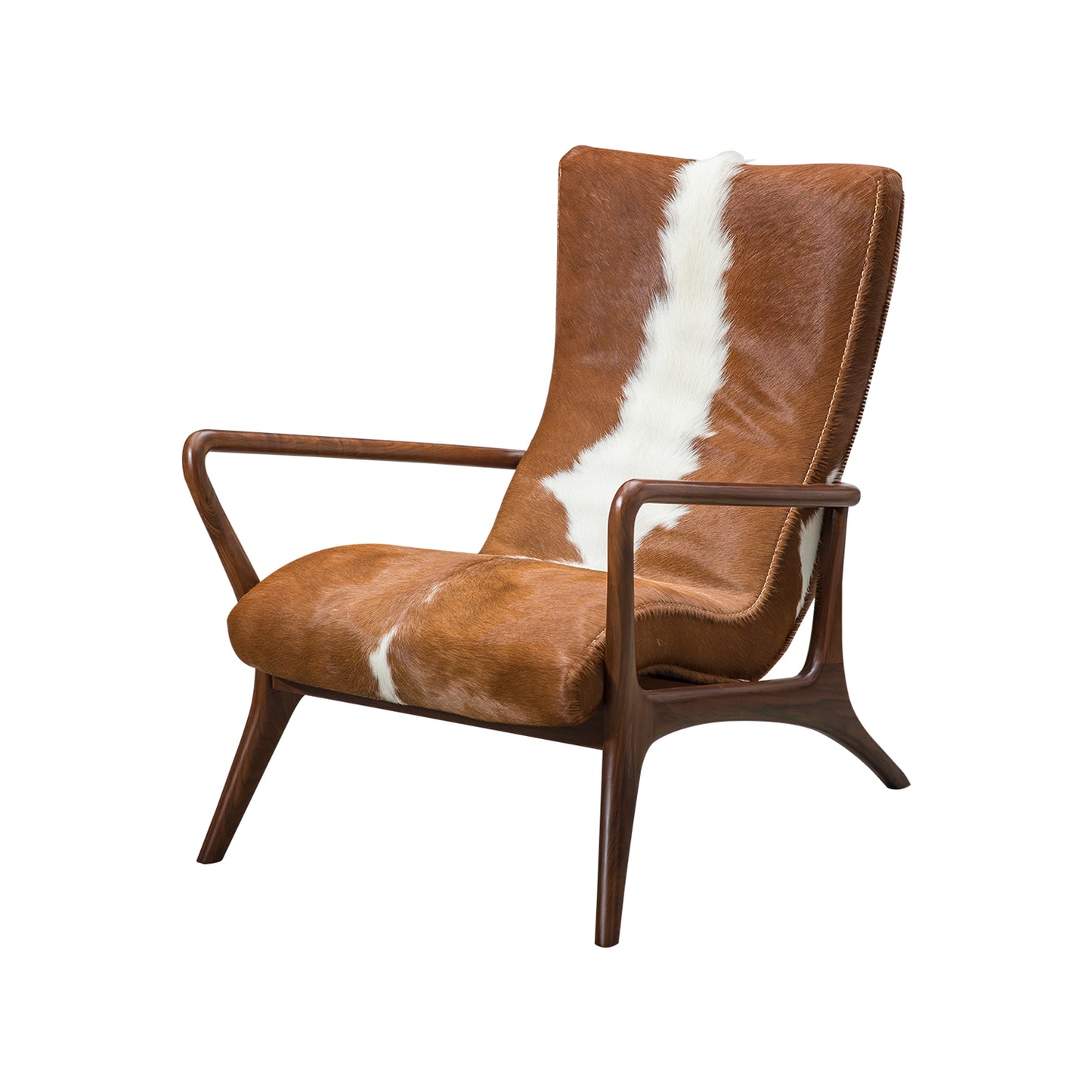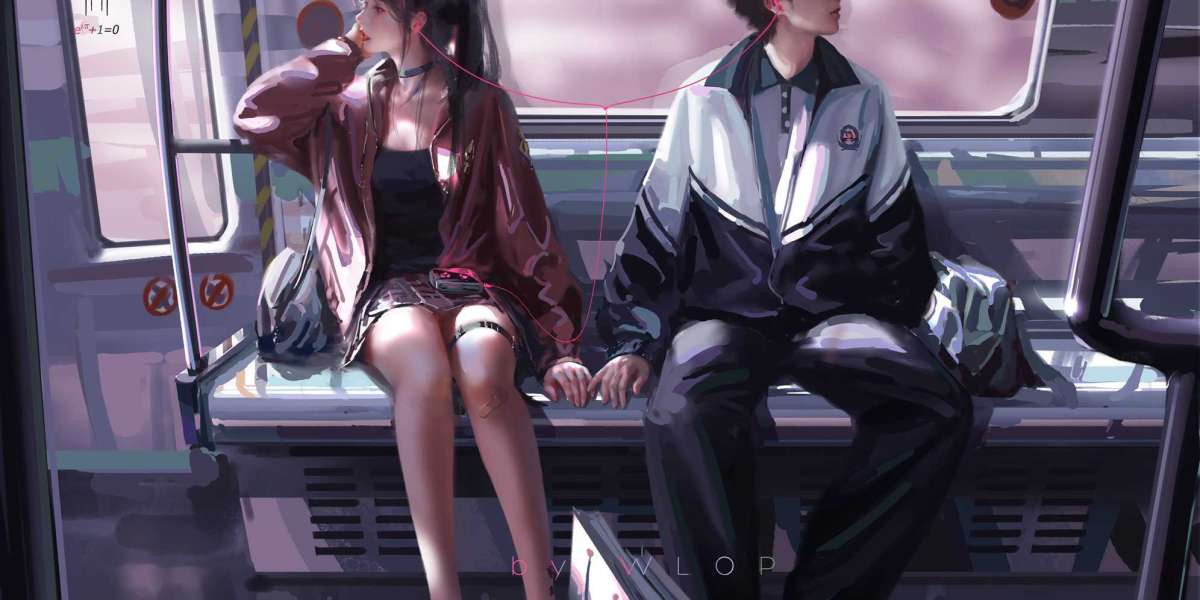In the realm of contemporary designer chairs, the journey from iconic classics to modern masterpieces is both fascinating and significant. These chairs not only serve a functional purpose but also embody artistic expression and innovation. This article delves into the evolution of these remarkable pieces, exploring their design philosophies and cultural impacts.

Historical Context of Contemporary Designer Chairs
The history of contemporary designer chairs can be traced back to the early 20th century, when designers began to challenge traditional forms and materials. The Bauhaus movement, for instance, emphasised simplicity and functionality, leading to the creation of timeless pieces like the Eames Lounge Chair. This chair, with its elegant curves and luxurious materials, remains a symbol of modern design.
"Design is not just what it looks like and feels like. Design is how it works." – Steve Jobs
Key Characteristics of Contemporary Designer Chairs
What defines a contemporary designer chair? Several key characteristics set these chairs apart:
- Innovative Materials: Modern designers often utilise materials such as moulded plastics, metals, and sustainable woods.
- Ergonomic Design: Comfort is paramount; many chairs are designed to support the body’s natural posture.
- Aesthetic Appeal: A focus on visual harmony and artistic expression is evident in the shapes and colours used.
- Versatility: Contemporary chairs are designed to fit seamlessly into various interior styles, from minimalist to eclectic.
Iconic Classics vs. Modern Masterpieces
While iconic classics like the Barcelona Chair by Mies van der Rohe have stood the test of time, modern masterpieces continue to emerge. For instance, the Ghost Chair by Philippe Starck, made from transparent polycarbonate, challenges traditional notions of visibility and space. How do these designs reflect the changing tastes and values of society? They often respond to contemporary issues such as sustainability and urban living.
The Future of Contemporary Designer Chairs
As we look ahead, the future of contemporary designer chairs appears promising. Designers are increasingly focusing on eco-friendly materials and production methods. This shift not only caters to the growing demand for sustainable products but also enhances the aesthetic value of furniture. Will we see a rise in multifunctional designs that cater to smaller living spaces? It is highly likely, as urbanisation continues to influence our lifestyles.
In conclusion, the evolution of contemporary designer chairs reflects broader cultural shifts and innovations in design. From the iconic classics that laid the groundwork to the modern masterpieces that push boundaries, these chairs are more than mere furniture; they are a testament to human creativity and adaptability.
Explore More
To further appreciate the beauty and functionality of contemporary designer chairs, consider watching this insightful video: The Art of Chair Design.
References









